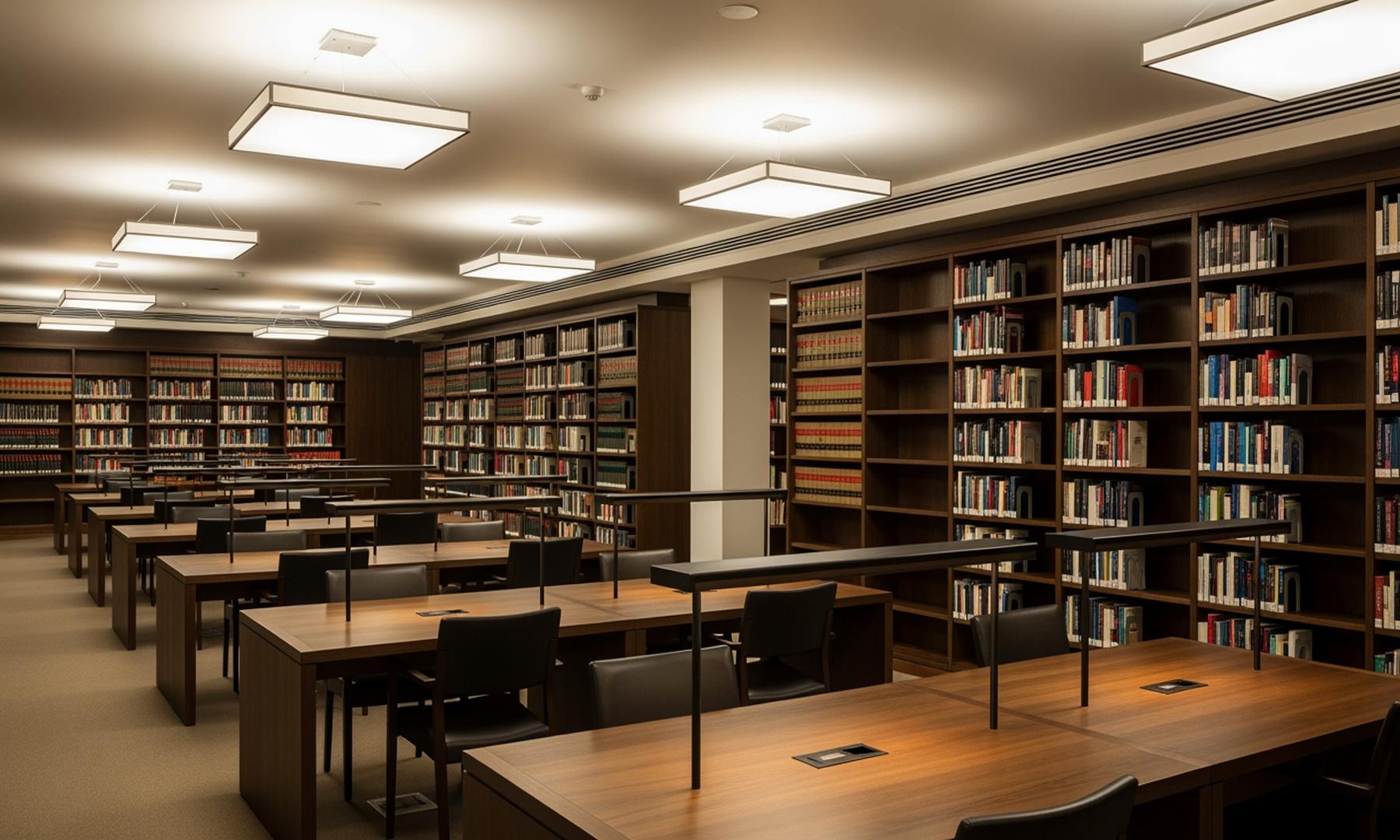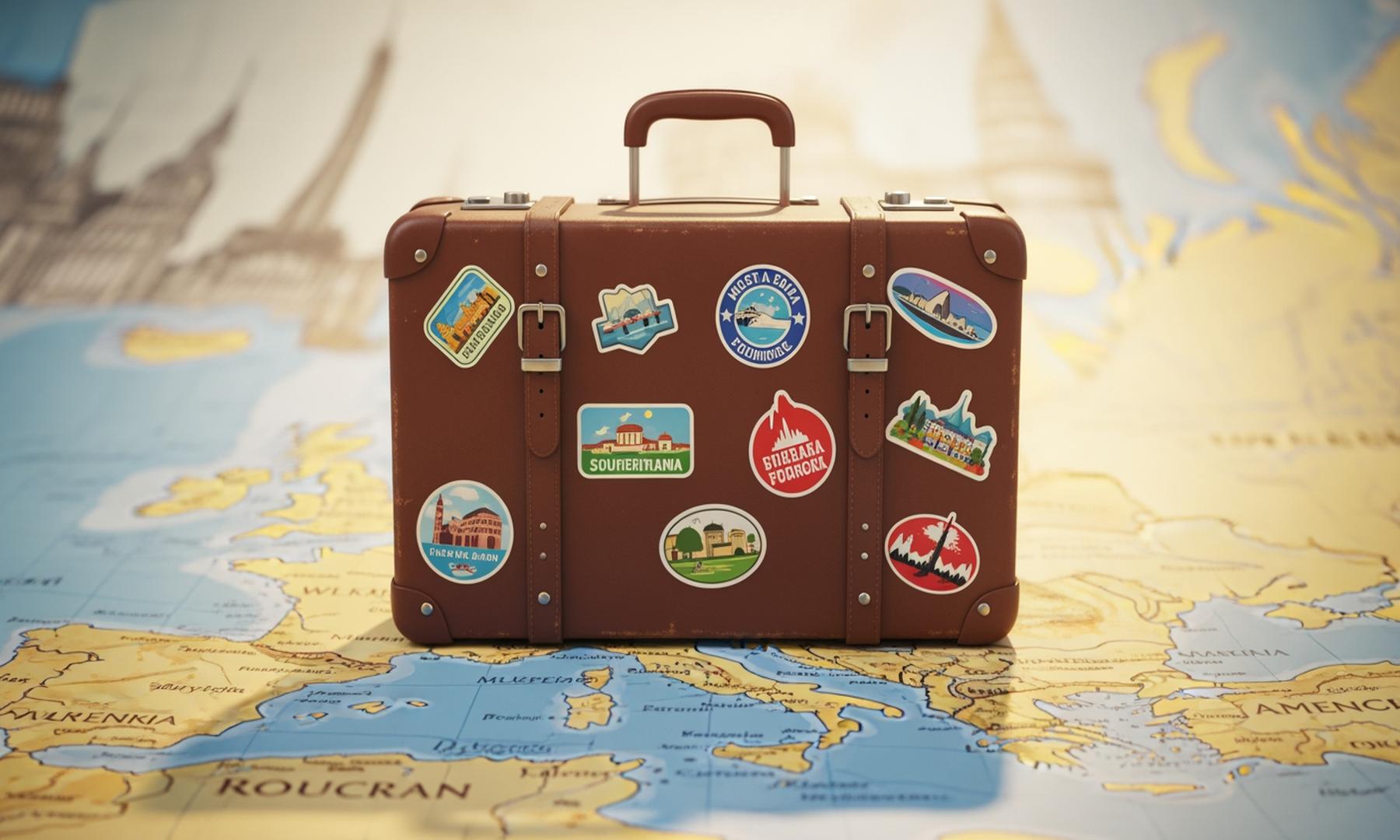What's Happening?
Sperry Marine has completed the installation of its VisionMaster integrated bridge system on a new generation of heavy lift ships, marking a significant advancement in maritime navigation technology. The
first of these installations is on the 'Elise,' a vessel from SAL Heavy Lift's new 'Orca Class,' which is designed to handle ultra-large loads, including massive wind turbines. These ships are built to meet Ice-class 1A requirements and Polar Code standards, featuring twin 800t capacity all-electric cranes and hybrid propulsion systems. The vessels are also equipped with Sperry Marine's NAVISTAR satellite compass and Fiber Optic Gyrocompasses, ensuring precise navigation even in challenging conditions. The collaboration between SAL and Sperry Marine aims to set a new benchmark in safety, precision, and sustainability in the heavy lift shipping sector.
Why It's Important?
The introduction of these advanced navigation systems is crucial for the maritime industry, particularly in the context of increasing demands for sustainable and efficient shipping solutions. The Orca Class vessels, with their ability to operate with zero emissions in port and readiness to use methanol as a marine fuel, represent a significant step towards reducing the carbon footprint of maritime operations. This development is likely to influence other shipping companies to adopt similar technologies, potentially leading to broader industry shifts towards greener practices. The enhanced safety and precision offered by Sperry Marine's systems also promise to improve operational efficiency and reduce risks associated with heavy lift shipping.
What's Next?
As these advanced systems are implemented, it is expected that other shipping companies will monitor the performance of the Orca Class vessels closely. The success of these ships could lead to wider adoption of similar technologies across the industry. Additionally, as green e-methanol becomes more available, these vessels are poised to transition to fully zero-emission operations, setting a precedent for future shipbuilding projects. Stakeholders in the maritime industry, including environmental groups and regulatory bodies, will likely be interested in the outcomes of this initiative.
Beyond the Headlines
The integration of advanced navigation systems in heavy lift ships highlights the growing importance of technological innovation in addressing environmental challenges. This development not only underscores the maritime industry's commitment to sustainability but also raises questions about the future of ship design and the role of technology in enhancing maritime safety and efficiency. The collaboration between SAL and Sperry Marine may serve as a model for future partnerships aimed at achieving similar goals.











